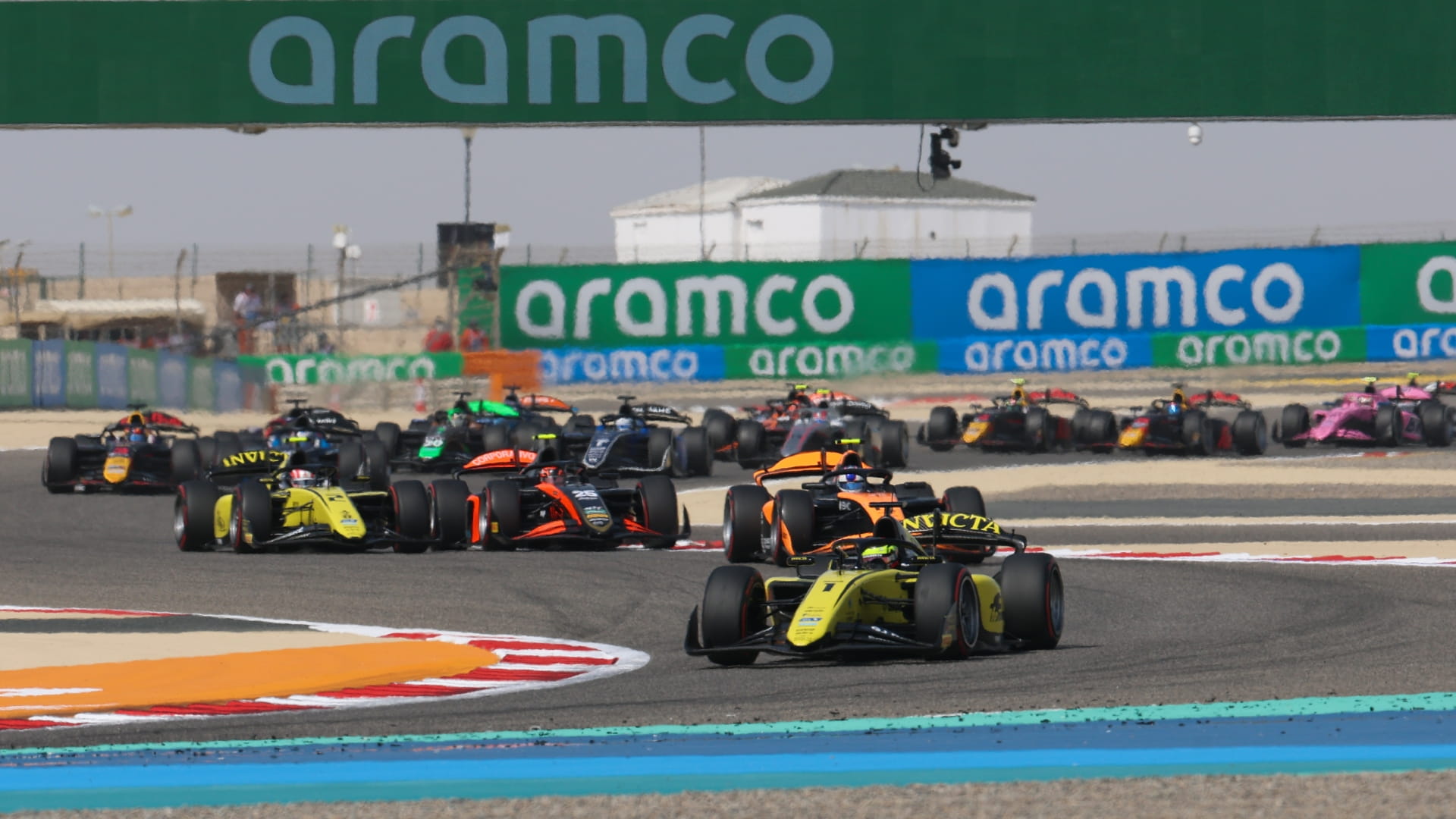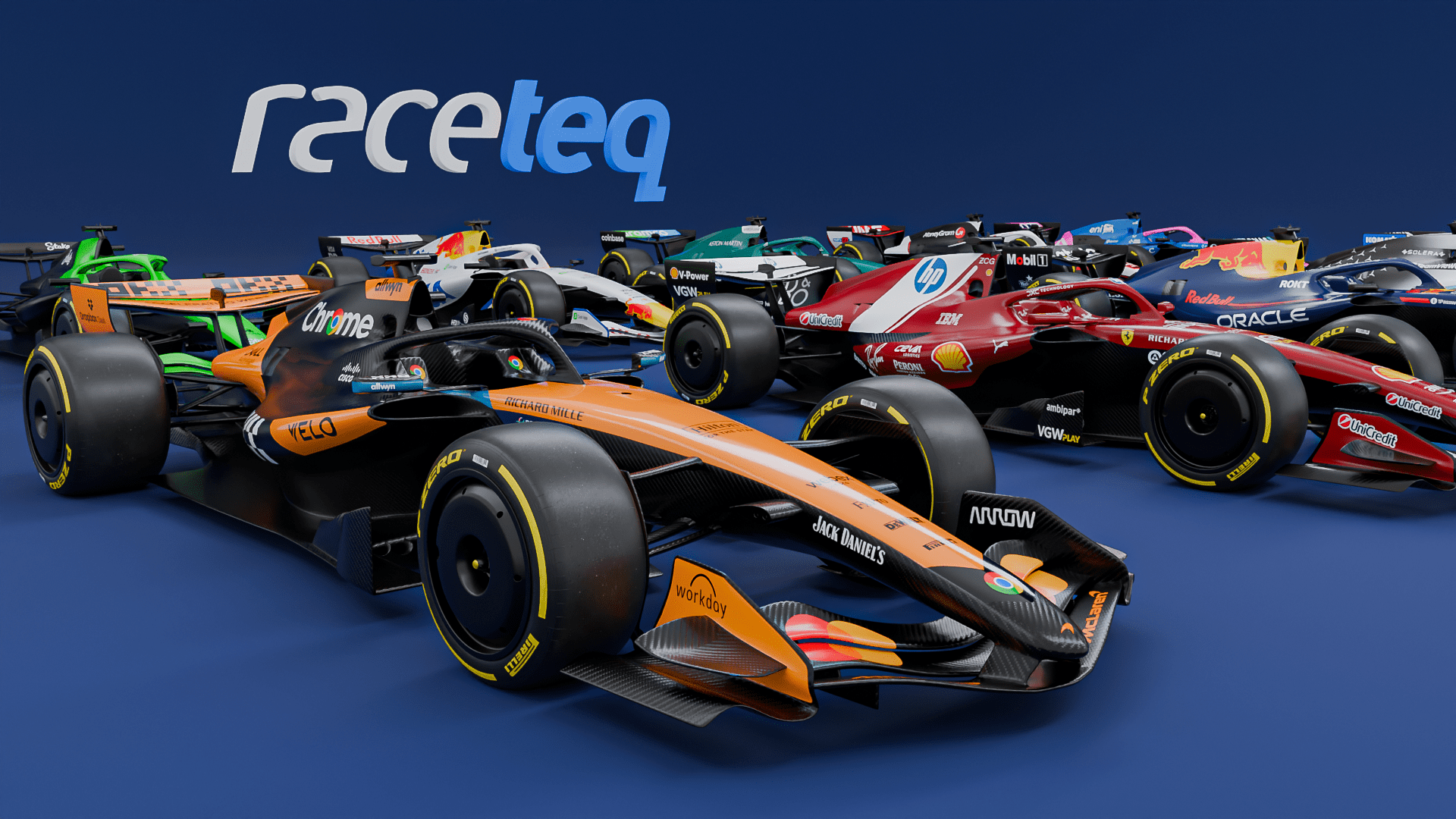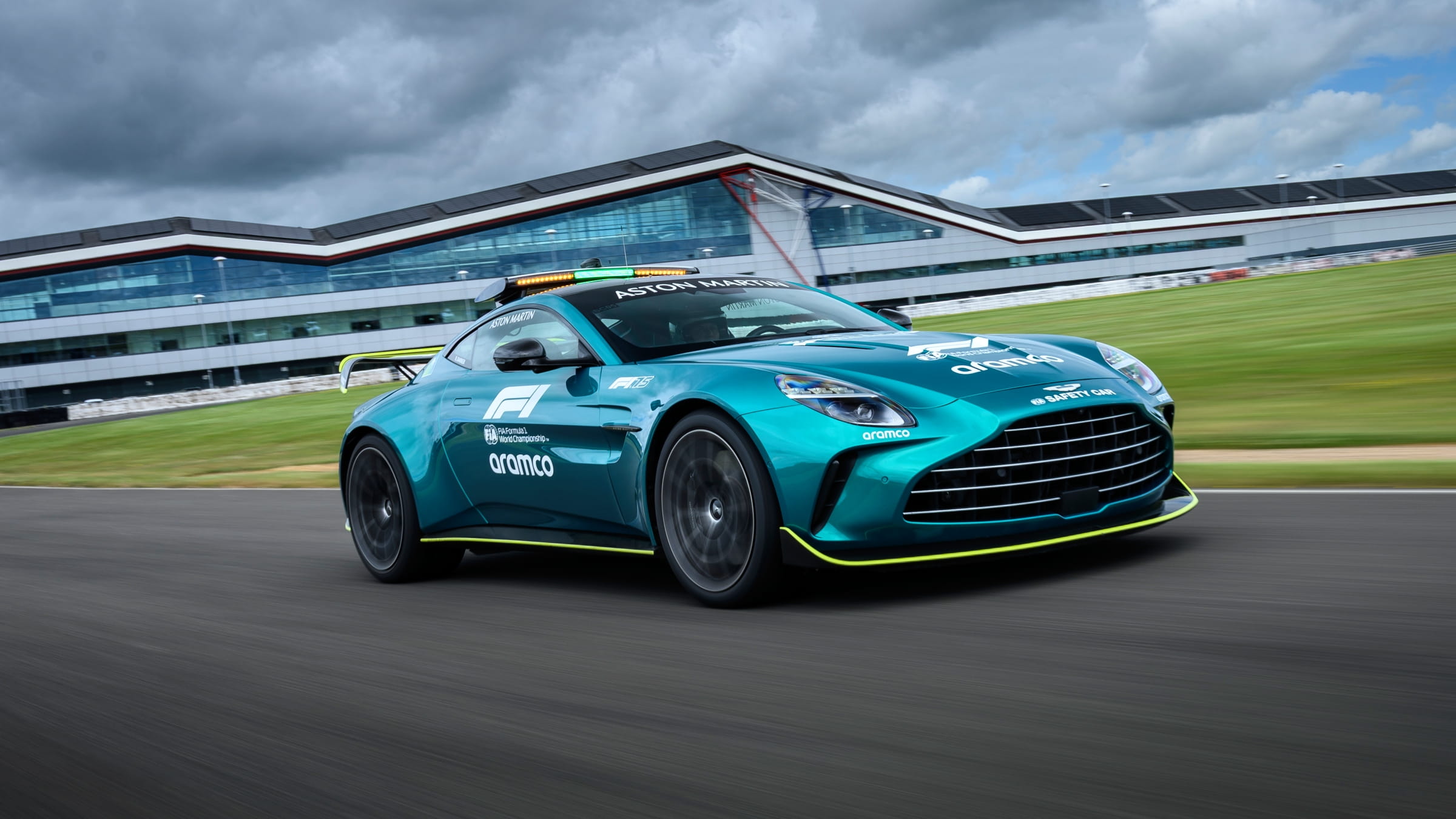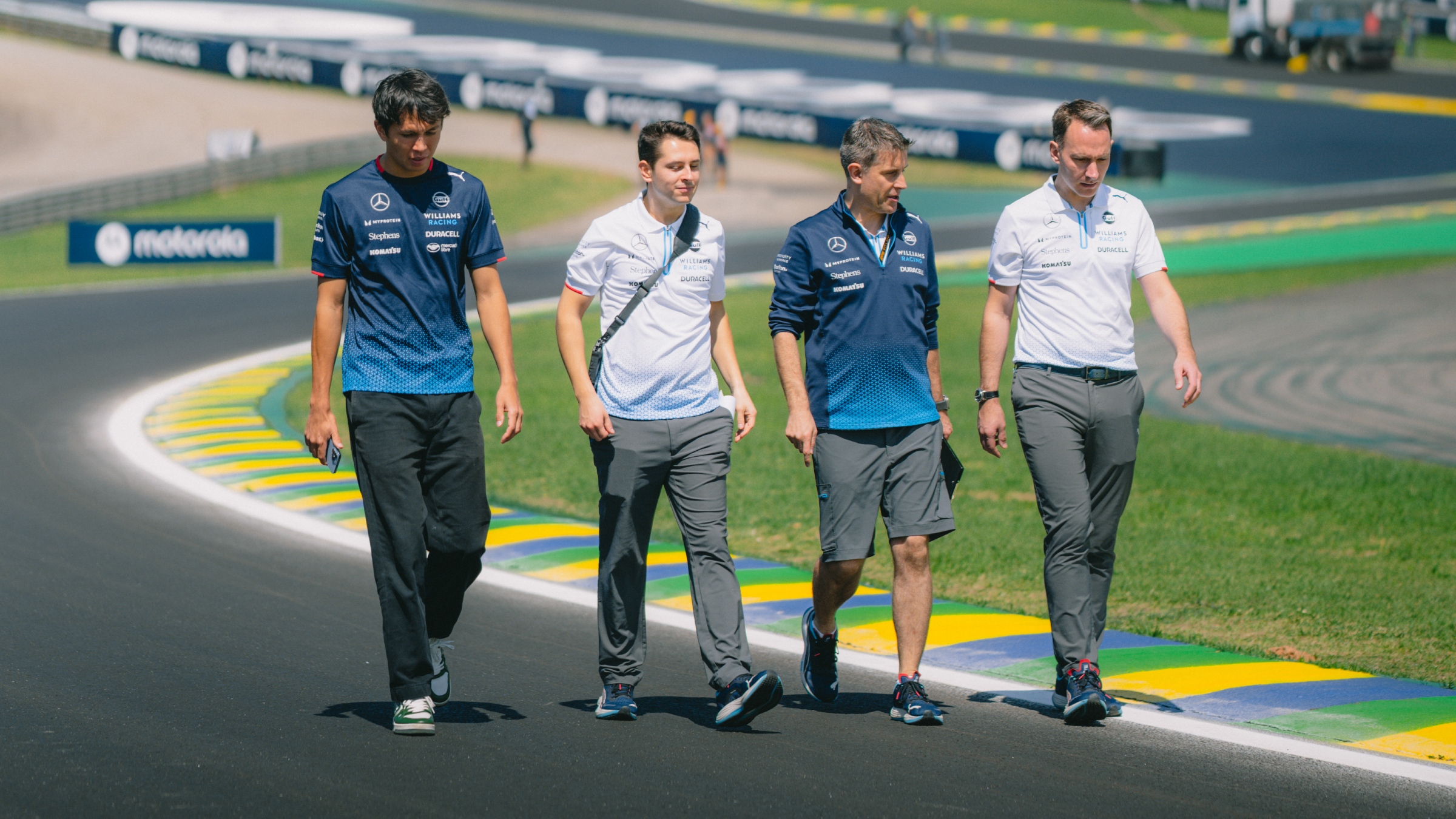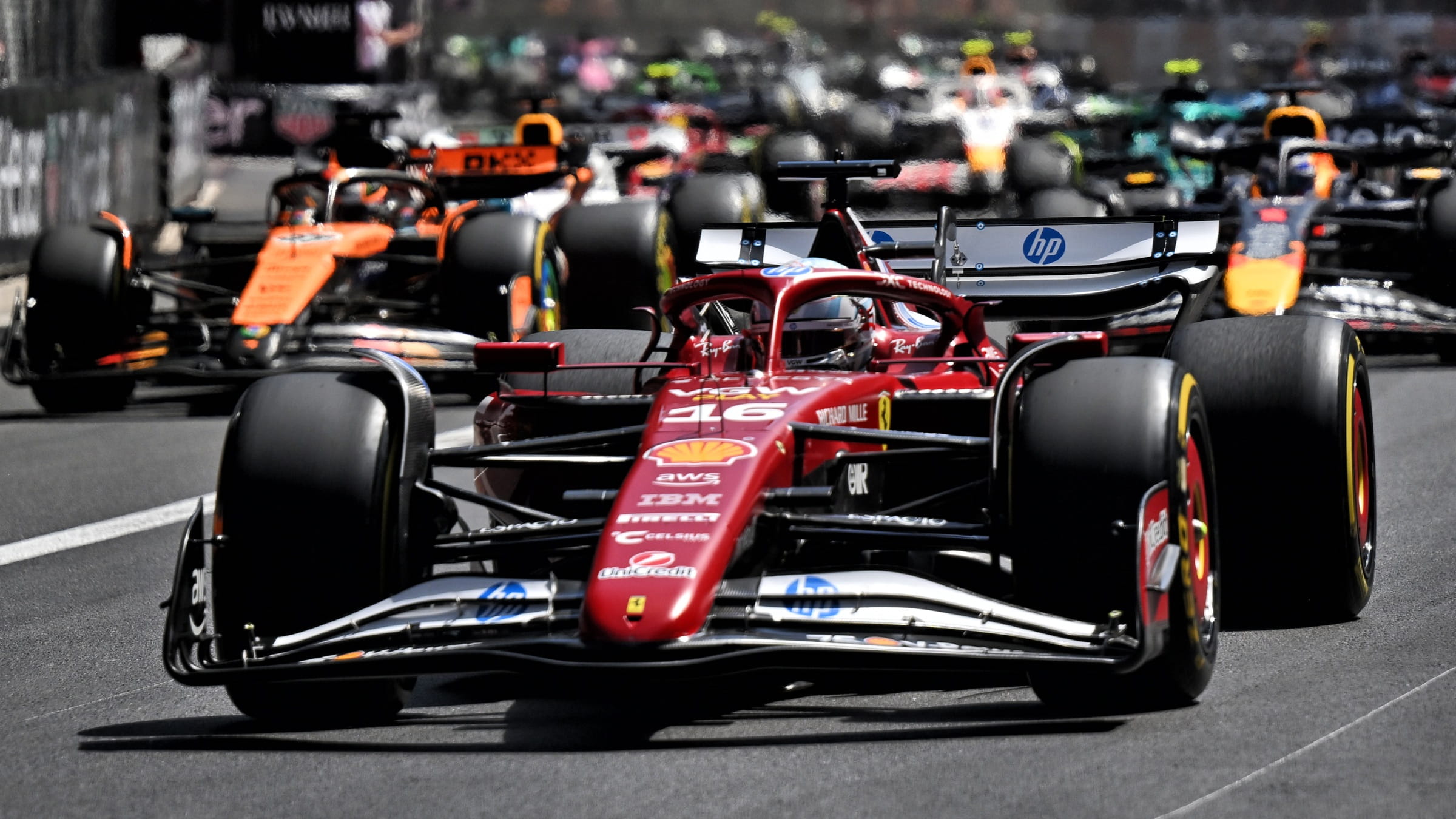Event
The Formula 1 engineer’s guide to the 2025 Hungarian Grand Prix at the Hungaroring
by Raceteq
2min read
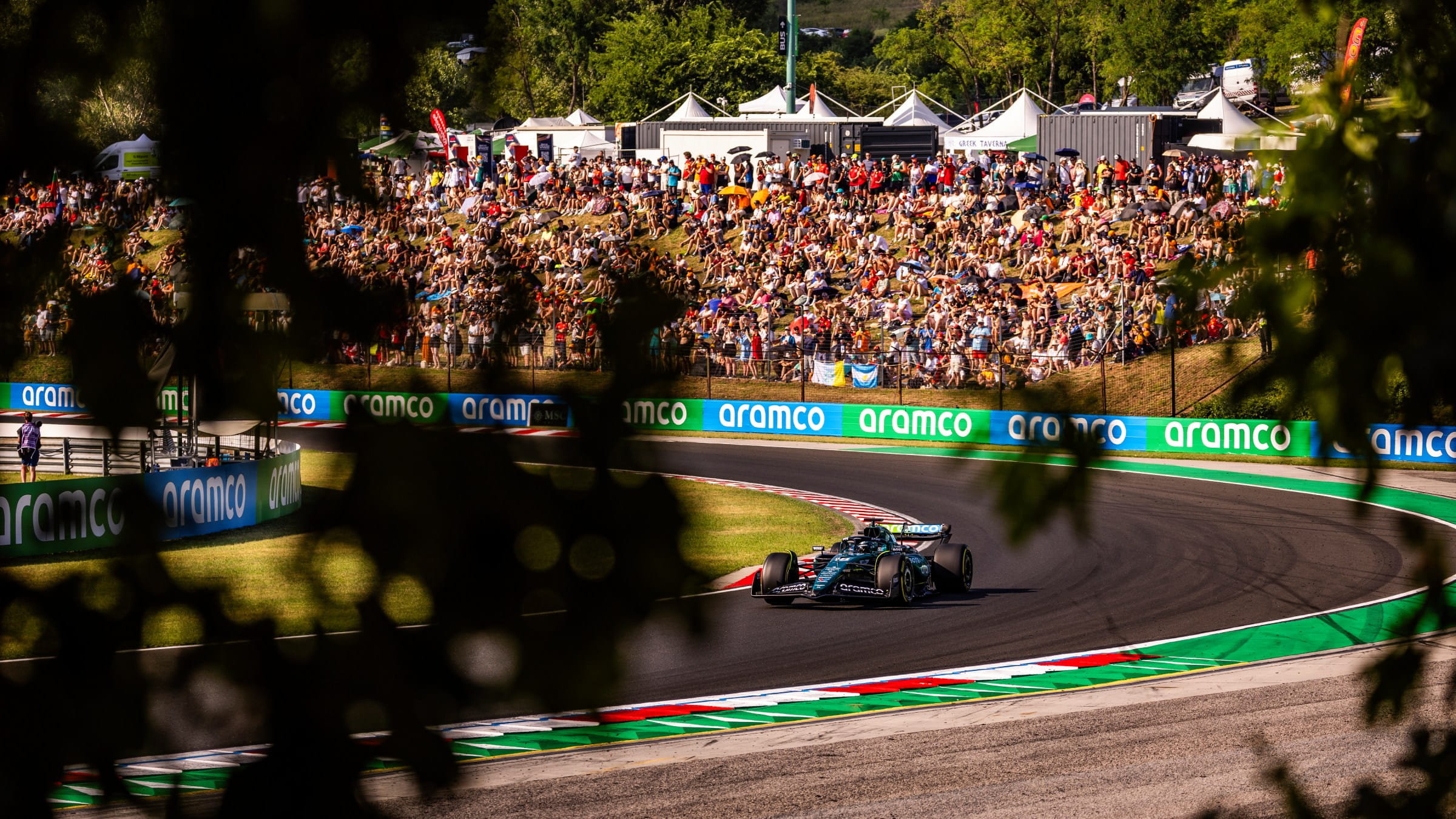
The Hungaroring is composed of a succession of winding corners and just one long straight - so what’s the best way for Formula 1, Formula 2, and Formula 3 teams to take on this circuit on August 1-3, 2025?
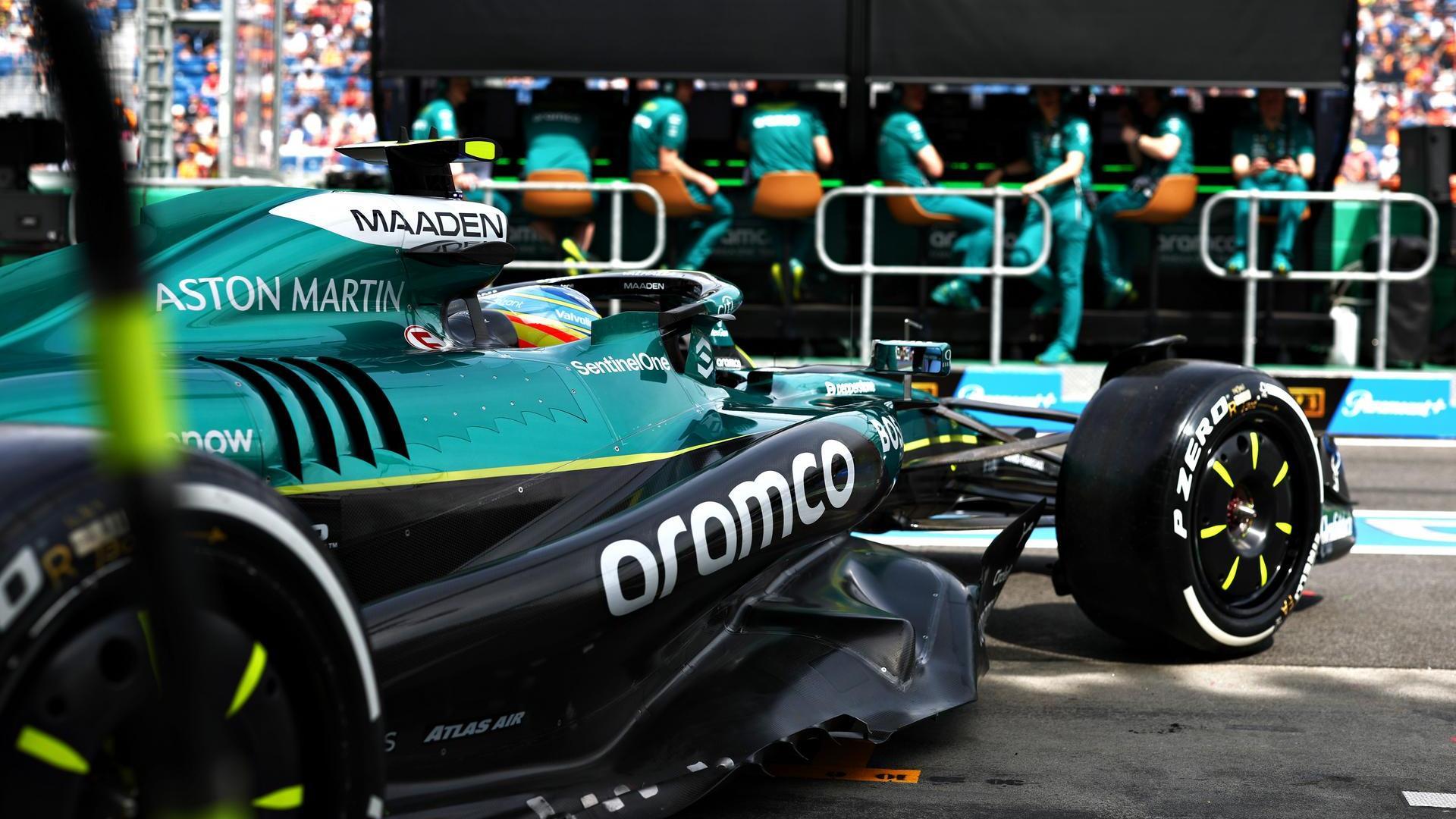
Sign up for a newsletter and we'll make sure you're fully up-to-date in the world of race technology
Hungary has hosted F1 at this venue outside Budapest since 1986, F2 since 2017, and F3 since 2019.
That means teams are well-versed in its intricacies and demands, with much of the Hungaroring’s challenges lying in its middle sector where eight corners dovetail and give drivers little in the way of respite.
Pirelli says tyre wear isn’t a particular issue at this circuit as speeds are generally low enough to avoid high lateral loads, so it has nominated the C3, C4, and C5 compounds - the second-softest possible set - for the 2025 event.
Aston Martin Aramco Formula 1 Team deputy performance engineer Tim Wright sets out the hurdles that await teams at the Hungaroring.
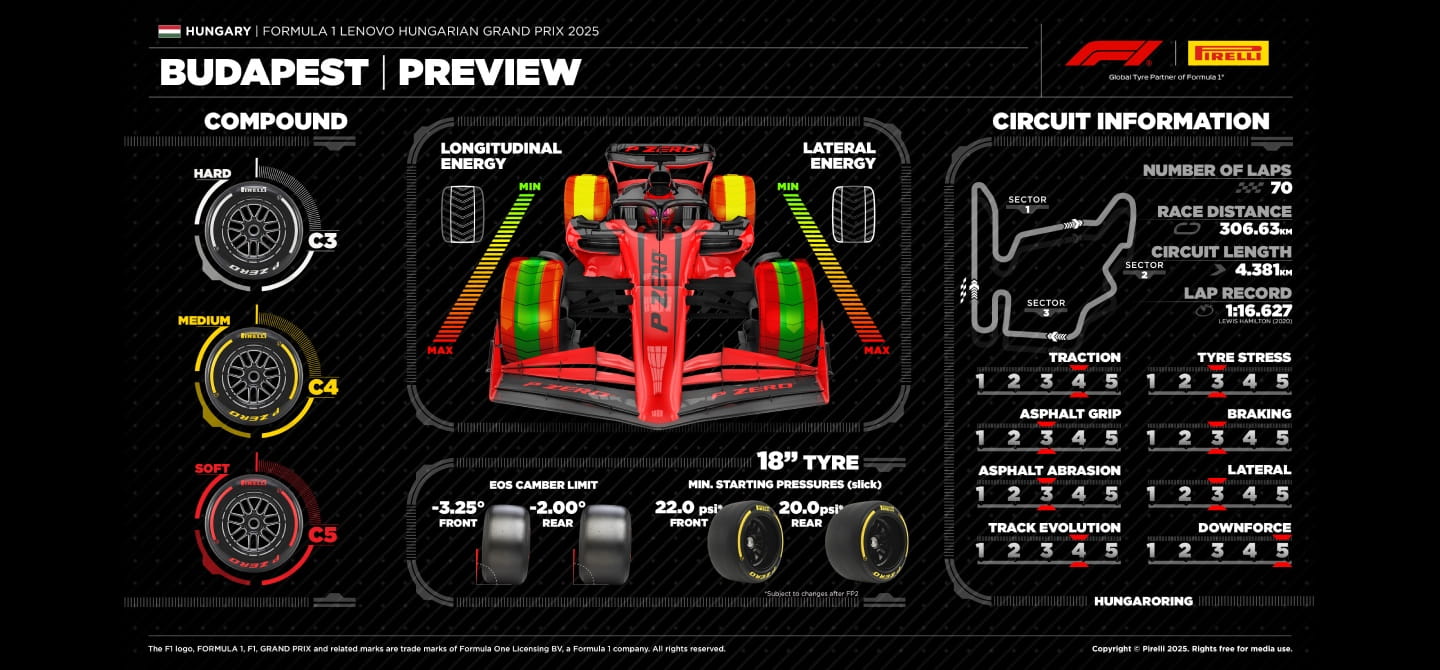
Pirelli's preview for the 2025 Hungarian Grand Prix
Hungaroring, Hungary
Length: 4.381 kilometres
Number of laps: 70
Number of turns: 14
“Hungary is pretty straightforward in that you don’t care about drag here. Straightline speed just isn’t important.
“So you want maximum downforce.
“What’s difficult about this Budapest track is that the corners are really long in duration, so you spend a lot of time waiting for the front tyres mid-corner at the Hungaroring.
“The fundamental principle of these racing cars means that they are rear-limited; you've got 1,000 brake horsepower, which happens to be going through the rear wheels.
“Imagine you’re trying to throw a hammer. You’re trying to throw the handle first. That’s what a Formula 1 car is doing in braking zones: you’ve got this problem that the heavy bit of the hammer, the head, is trying to overtake the handle.
“It’s a bit like that in a Formula 1 car, where the rear is threatening to overtake the front of the car. Of course, the weight distribution is not as bad as it is in a hammer, but that's the premise.
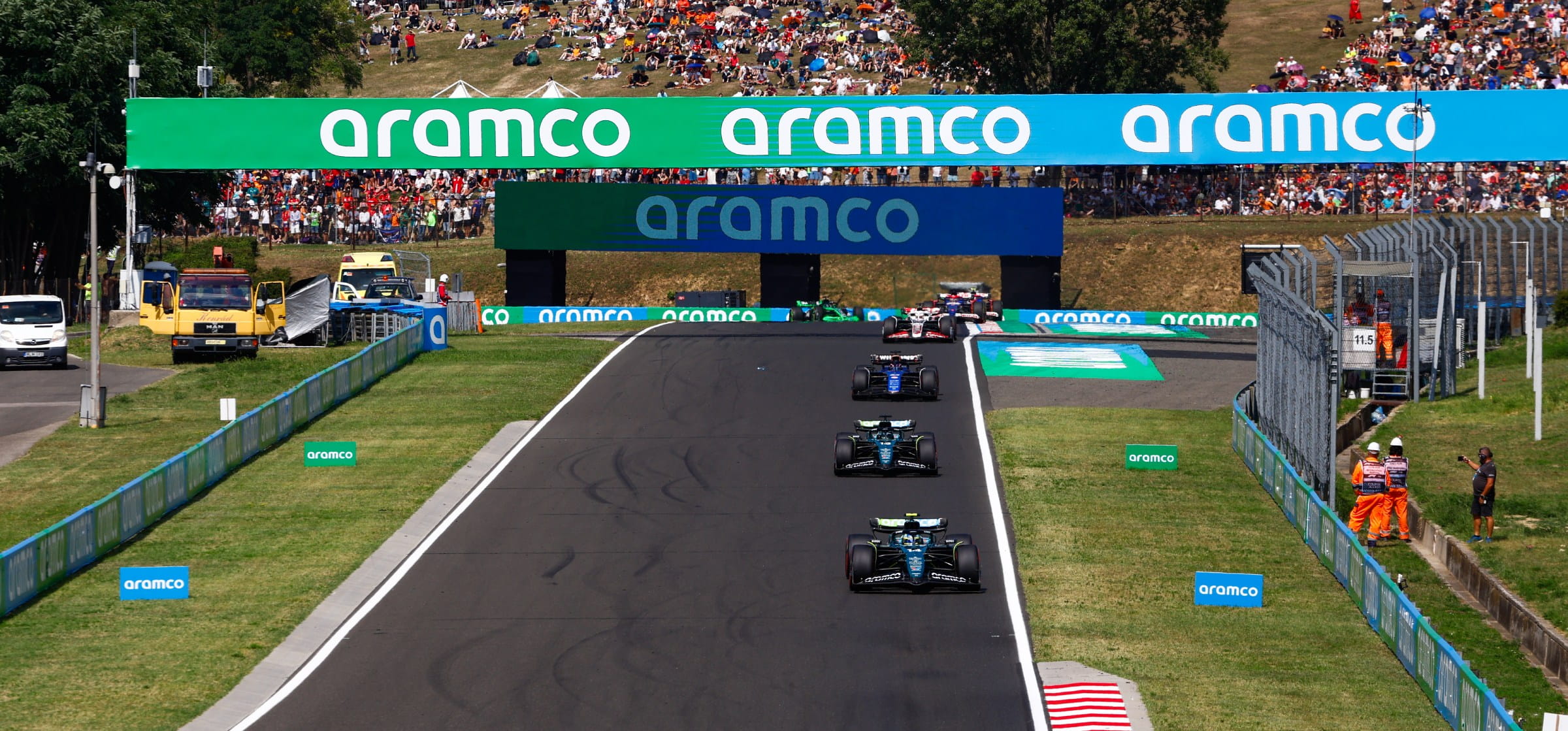
There is only one long straight at the Hungaroring, which means top speed isn’t a crucial car trait
“Throughout a lap of the Hungaroring, you're trying to cope with the fact that you're looking after these rear tyres. They're getting hot. They're doing all of the work from the power point of view and the traction point of view.
“And in the braking zones, looking after those tyres and making sure the car is not swapping ends is really important.
“On the exit of the corners, the tyres are really struggling with maintaining all that traction.
“What’s most difficult is the mid-corner. The front is limited, and you’re wanting the car to turn, but it takes a relatively long time to do that.
“That trade between making sure the rear of the car is good enough and the front of the car is good enough in a long-duration corner is a real challenge. That's the main factor in Hungary.”
